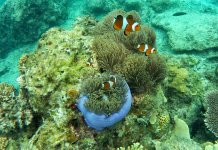You might be wondering what on earth a lake ball is. The species itself is called Green Moss Balls of Lake Myvatn and Lake Akan is a species of filamentous green algae named Aegagropila linnaei that grow into large green balls with a velvety appearance. The Green Moss Balls are also called marimo (In Japanese for “ball seaweed”), also known by several names such as Cladophora ball and Lake ball.
These beautiful Moss balls grow in sizes of 12 to 30 cm across, subject on where you find them. However, “Marimos” is rare and is known to occur only in Iceland, Scotland, and Japan, primarily in Lake Akan in Japan and Lake Mývatn in Iceland. Recently, green moss balls appeared in large numbers on Dee Why Beach, in Sydney, the first such spotting of this alga in the southern hemisphere.
It is currently believed to be one of only two locations where it exists in the world. Around two years ago that the marimo had decreased to such an extent that there are hardly any left, the remaining balls are scattered over a rather small area and their condition is not good. “They look rather limp, not firm and beautiful as they should be, and hollow inside.
Marimo doesn’t grow around a core, such as a pebble. In its place, the algal filaments grow in all directions from the center of the ball, continuously branching and thereby laying the foundation for the spherical form. Surprisingly, the ball is green all through, although light only reaches a very short distance into the ball.
The chlorophyll inside the ball remains dormant in the dark but becomes active when uncovered to light if the ball breaks apart. Moreover, green moss balls are found submerged in the lake’s bed where the mild wave action often turns them over maintaining their spherical shape, at the same time ensuring that they can photosynthesize no matter which side is turned upwards. In Japan, the Marimo is well protected and revered and has been officially a natural treasure since 1920.
Hence, at Lake Akan a boundless effort is spent on the conservation of the lake balls that includes an annual 3-day Marimo festival. Where small hand-rolled balls of free-floating filaments are sold in shops as souvenirs. Moreover, Marimo is also a staple in many Japanese aquariums.
Meanwhile, in Lake Myvatn, lake balls are gradually vanishing. Around ten years ago, the lake balls in Lake Mývatn were two to three layers thick on the lake bottom. Nowadays, they’re mostly gone, and their disappearance is attributed to pollution caused by mining operations in the area that commenced in the 1960s.
Therefore, the big amount of phosphorous and nitrogen dumped into the lake has radically increased the lake’s bacteria that feed on those nutrients, swarming so compactly that they blocked the sunlight that reached down to the lake’s bottom. Thus, in less sunlight, the algae start to die off, revealing more of the lake bottom’s loose sediment.
Furthermore, the wind and the waves that once rolled the balls into their shape stirred the loose sediment covering the left-behind algae, further depriving them of sunlight. The Marimo was given the status of protected species in Iceland in 2006, but it was already too late. In Japan, the marimo is a natural treasure while in Iceland they are a protected species.
Also Read: The Alnwick Garden Poisonous Plants
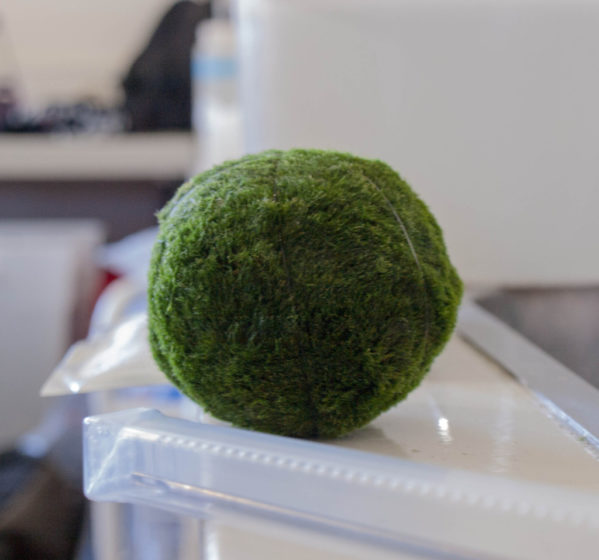

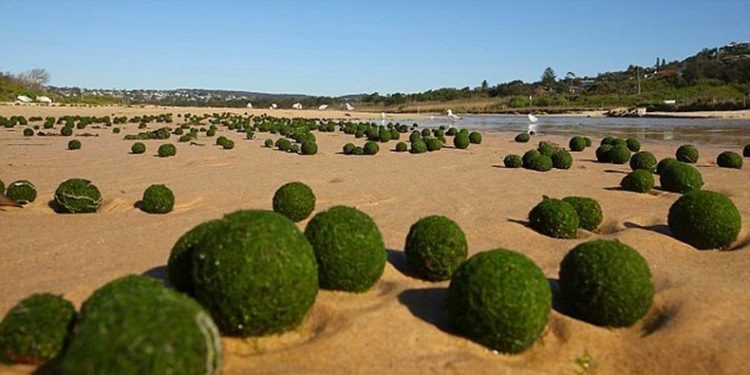
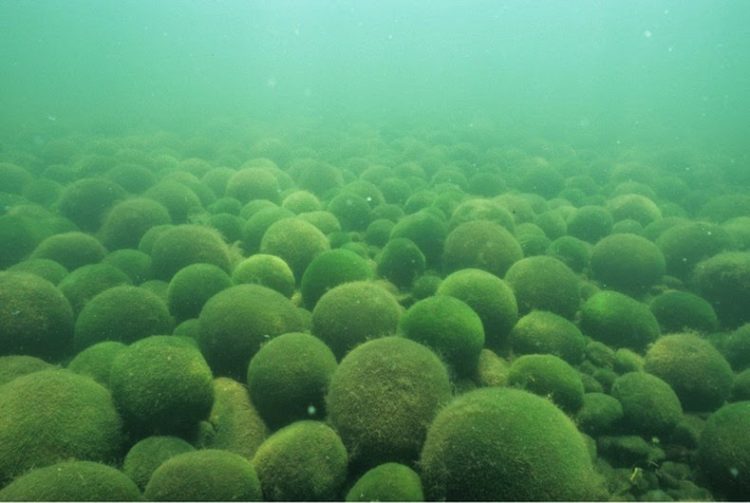
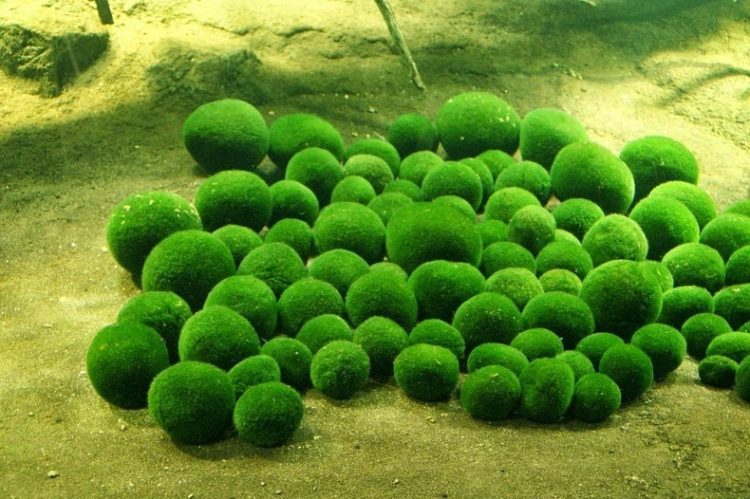
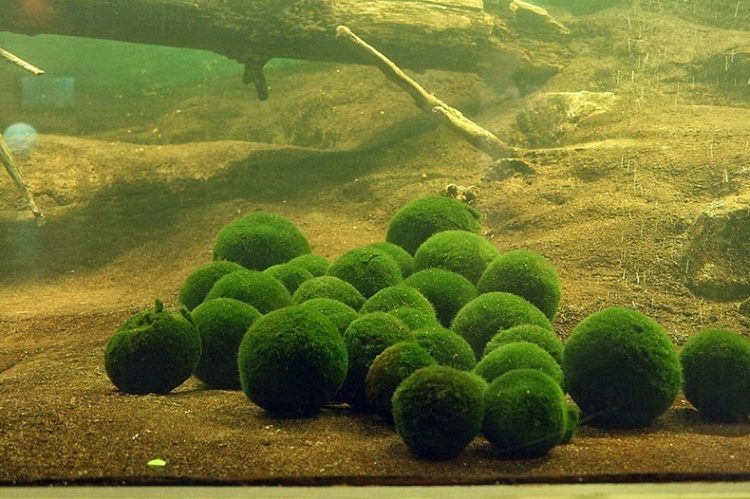
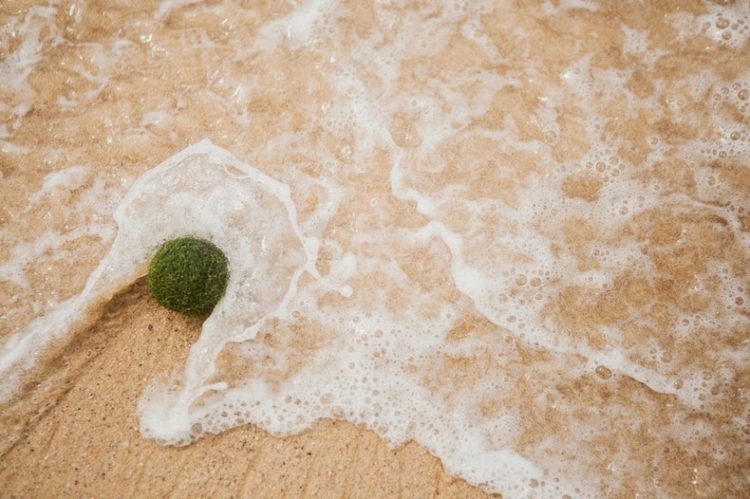

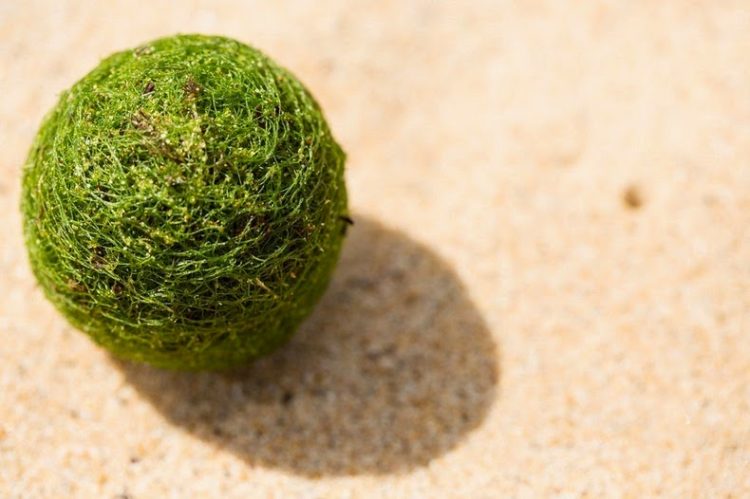
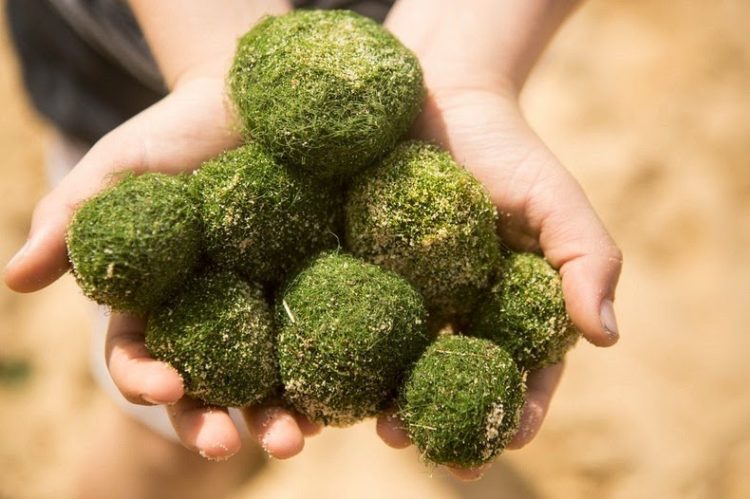
Source: National Geographic / AP
Product You May Interested
- Crush Food Cravings with Odd Water Hack and Melt 62lbs
- Flavor Pairing Ritual Supercharges Women’s Metabolisms
- The best Keto Diet Program
- Unlock your Hip Flexors, Gives you More Strength, Better Health and All Day Energy.
- 21 Days Flat Belly Rapid Weight Loss System
- Fan Victor – The Ultimate Fantasy Sports Plug-in
- 7 Instant Confidence Technique with Women Program






